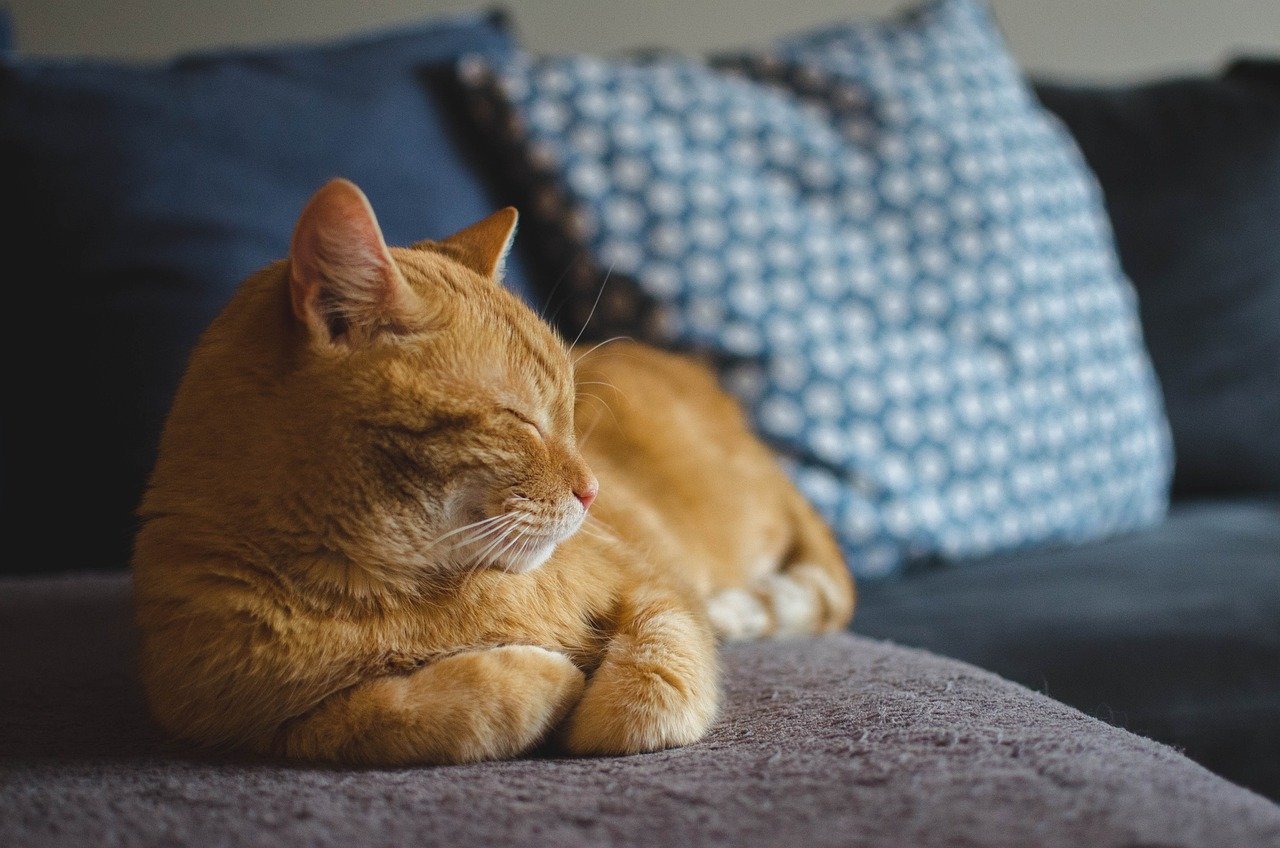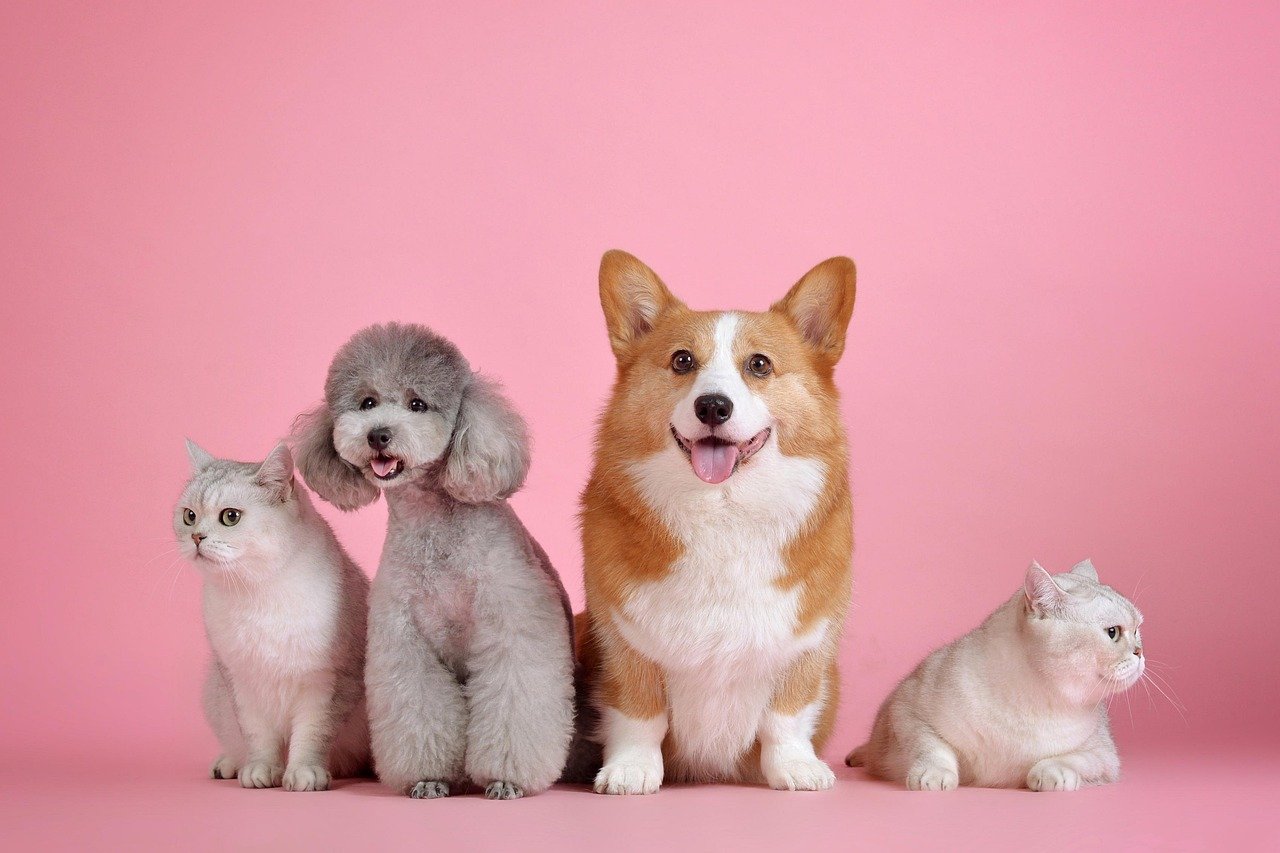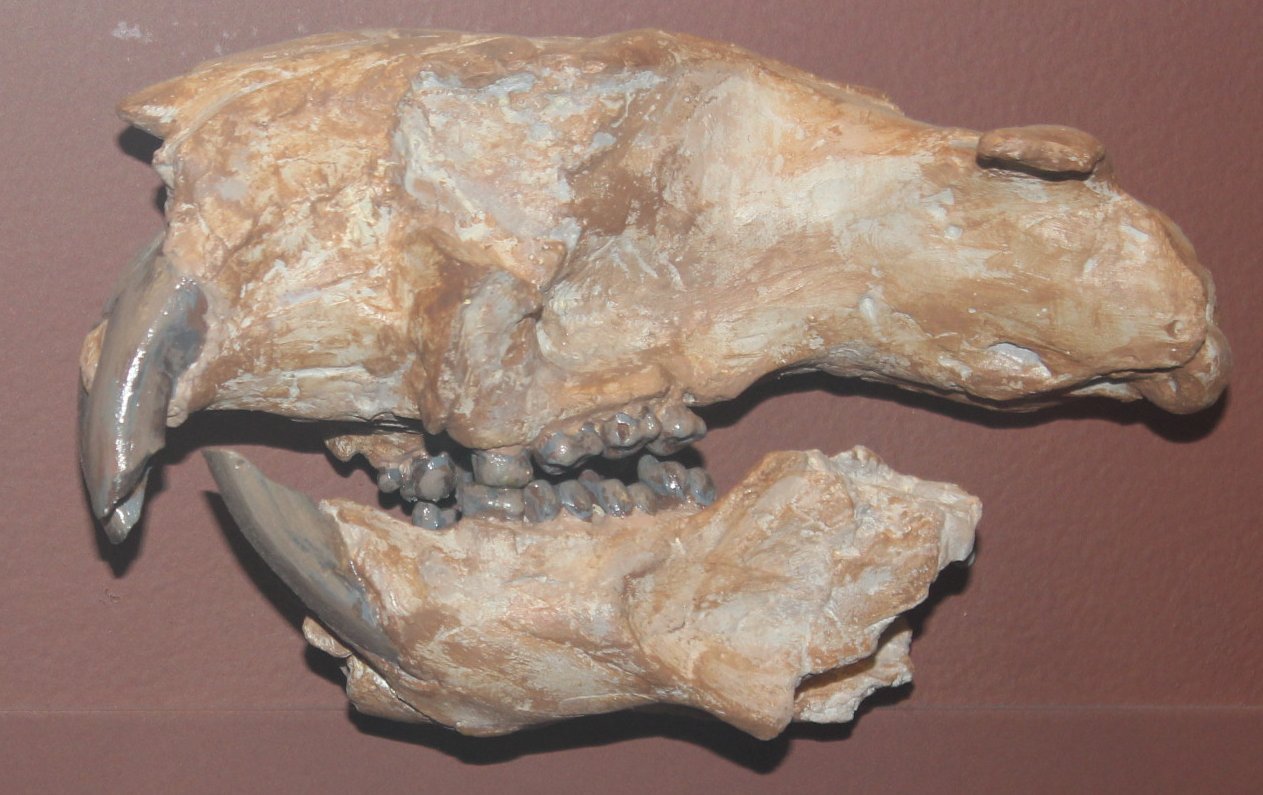Those Iconic Fangs Weren’t Just for Show

Imagine canine teeth so massive they could pierce through thick hide like butter knives through warm toast. Saber-toothed cats developed these incredible weapons over millions of years, but here’s the twist – they weren’t primarily designed for killing prey instantly.
These legendary fangs, some reaching up to 7 inches long, were actually precision instruments for delivering fatal wounds to specific arteries. The cats would use their powerful forelimbs to wrestle down massive prey, then carefully position their sabers for the perfect killing bite. It was surgical precision wrapped in prehistoric terror.
Jaw Muscles That Could Crush Modern Reality

While their bite force might surprise you, saber-toothed cats compensated with jaw muscles that would make bodybuilders weep. These cats could open their mouths an incredible 120 degrees – nearly twice what modern big cats can achieve.
This extreme gape was essential for their hunting strategy, allowing them to clear those massive fangs when biting down on prey. Picture trying to eat a sandwich with two enormous kitchen knives sticking out of your mouth, and you’ll understand their challenge. Their skull structure completely redesigned itself around this need.
Built Like Prehistoric Bulldozers

Forget the lean, speedy cats of today – saber-toothed cats were built like furry tanks with attitude. Species like Smilodon fatalis packed on serious muscle mass, particularly in their shoulders and forelimbs. These cats were the heavyweight champions of the prehistoric world.
Their robust build served a crucial purpose: wrestling down megafauna that could weigh several times more than themselves. Think of them as the sumo wrestlers of the cat kingdom, using brute strength rather than speed to dominate their prey.
Social Hunters in a Solitary Cat World

Here’s where things get really interesting – some saber-toothed cats actually lived and hunted in groups, completely breaking the “lone wolf” stereotype we associate with big cats. Evidence suggests certain species formed family units or hunting parties, working together to take down massive prey.
This social behavior gave them a massive advantage when facing enormous herbivores like ground sloths and mastodons. Imagine a coordinated pack of these fearsome predators working together – it’s like prehistoric Ocean’s Eleven, but with more teeth and less charm.
Specialized Hunting Grounds

Unlike modern cats that can adapt to various environments, many saber-toothed species became specialists in specific habitats. They thrived in areas with dense vegetation where their ambush-style hunting could shine brightest.
These cats weren’t built for long chases across open plains – they were the ultimate ambush predators of thick forests and scrublands. Their success depended entirely on finding the perfect hiding spot and explosive power for that crucial first strike.
The Ultimate Prehistoric Babysitters

Fossil evidence reveals something remarkable about saber-toothed cat family life – they actually took care of injured and elderly members of their group. Researchers have found healed bones and evidence of cats surviving injuries that would have been fatal without help.
This caring behavior suggests these fearsome predators had complex social structures and emotional bonds. It’s touching to imagine these massive killing machines gently caring for their wounded companions, bringing them food and protection during recovery.
Climate Change Champions (Until They Weren’t)

For millions of years, saber-toothed cats successfully adapted to multiple climate shifts and environmental changes. They evolved different species for different conditions, from forest dwellers to more open-habitat specialists.
Their adaptability seemed unstoppable as they spread across continents and diversified into various ecological niches. Unfortunately, this same specialization that made them successful also made them vulnerable when the really big changes hit during the late Pleistocene.
The Mega-Prey Dependency Trap

Here’s where their story takes a tragic turn – many saber-toothed cats became so specialized for hunting enormous prey that they couldn’t adapt when these giants started disappearing. They were like luxury sports cars designed for specific racetracks that suddenly got demolished.
When massive ground sloths, cave bears, and other megafauna began vanishing around 10,000 years ago, these specialized hunters found themselves without suitable prey. Their incredible adaptations suddenly became evolutionary dead ends rather than advantages.
Competition from Smarter Predators

The rise of human hunters created unprecedented competition for the same large prey that saber-toothed cats depended on. Humans brought tools, fire, and sophisticated hunting strategies that could take down megafauna more efficiently than even the most powerful cat.
Unlike the cats’ brute force approach, humans used intelligence and teamwork to exploit the same ecological niche. It was like bringing a chess master to a boxing match – completely different strategies, but devastatingly effective results.
The Final Roar of Ancient Giants

The last saber-toothed cats disappeared around 10,000 years ago, marking the end of one of evolution’s most impressive experiments. Their extinction wasn’t due to any single flaw in their design, but rather a perfect storm of environmental changes.
These magnificent predators ruled their world for over 40 million years, outlasting countless other species and surviving multiple mass extinctions. Their legacy lives on in our fascination with their incredible adaptations and the eternal question of what our world might look like if they had somehow survived. What do you think would happen if we encountered one of these prehistoric giants today?
Hi, I’m Bola, a passionate writer and creative strategist with a knack for crafting compelling content that educates, inspires, and connects. Over the years, I’ve honed my skills across various writing fields, including content creation, copywriting, online course development, and video scriptwriting.
When I’m not at my desk, you’ll find me exploring new ideas, reading books, or brainstorming creative ways to solve challenges. I believe that words have the power to transform, and I’m here to help you leverage that power for success.
Thanks for stopping by, Keep coming to this website to checkout new articles form me. You’d always love it!






